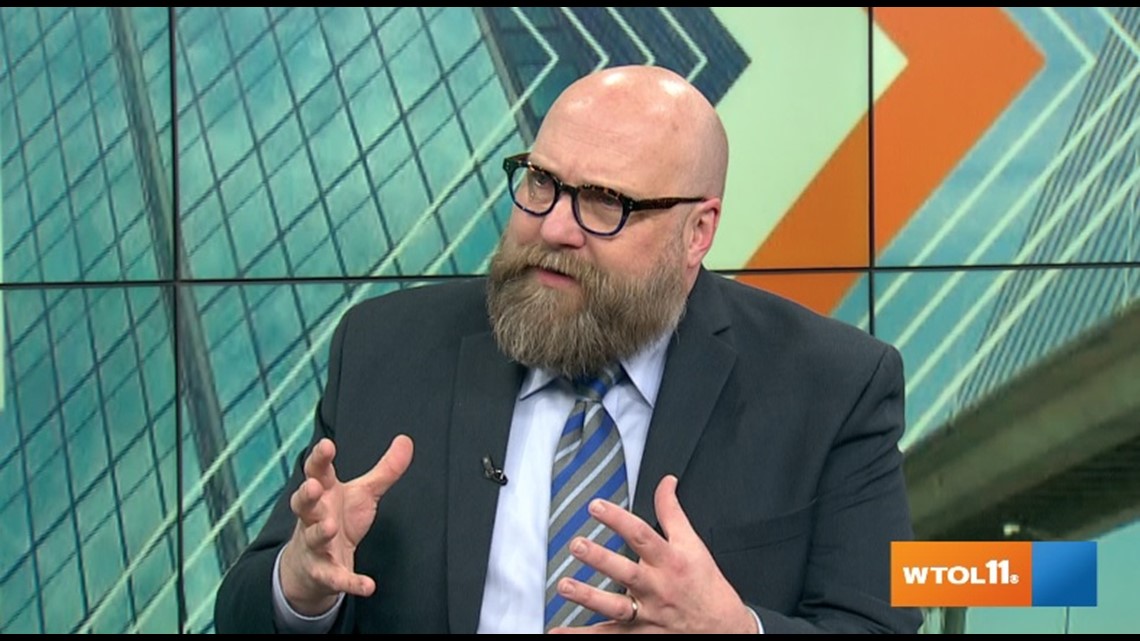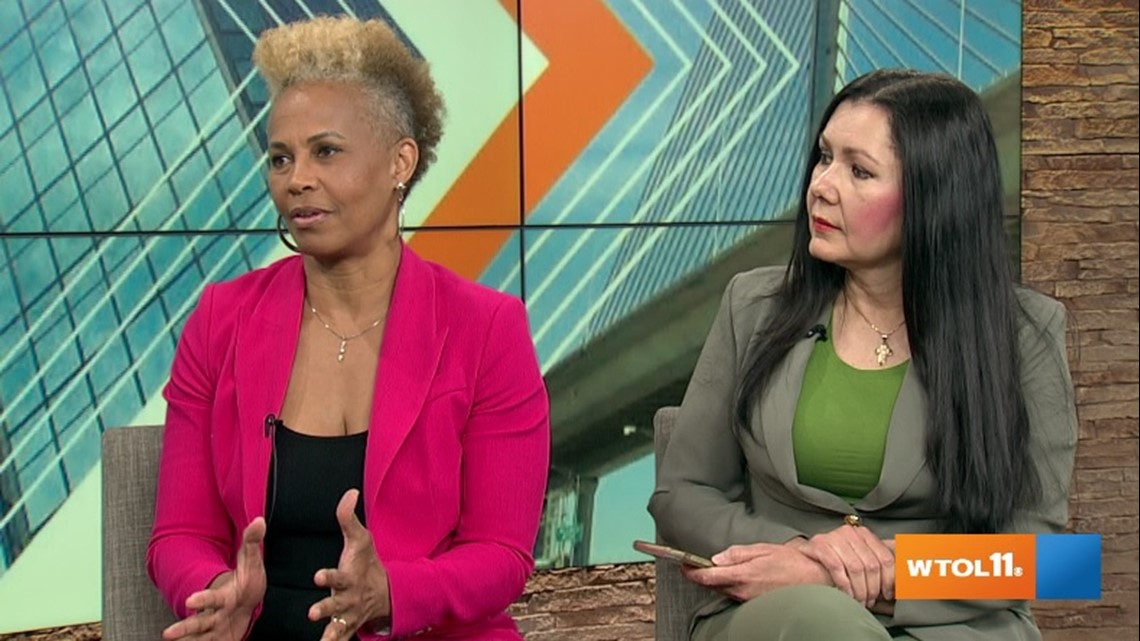TOLEDO, Ohio — The Brookings Institute, a Washington D.C.-headquartered research group, released a study in 2022 that raised awareness and concern about a mental health crisis facing children and adolescents in the United States.
While some might argue the COVID-19 pandemic is to blame, evidence suggests the emergence of the current crisis predates the pandemic by a decade. The study notes a rise in the suicide rate among adolescents between 2010 and 2018. From 2011 and 2020, the rate of depression has doubled.
WTOL 11’s Leading Edge host and producer, Jeff Smith, asked Harbor Chief Care Coordination Officer, Philip Atkins, Ph.D, this week why there wasn’t as much focus on mental health before now.
“You can’t review the game and play it at the same time,” Atkins said. ”We’re experiencing this in real-time -- so, as things develop -- the internet, broader exposure for kids to guns, violence and early sexual identity and exploitation, we’re living that in real-time, so you don’t really notice it. But we can kind of look back at that period and it becomes much more clear.”


Atkins said the pandemic made existing issues even more difficult, and that it was also the case for adults.
Diana Patton, a civil rights attorney and motivational speaker said the Black community was hit especially hard.
“I was one of the ones who suffered deeply," Patton said. "I had depression and anxiety. I didn’t know what it was. I thought I had some form of cancer or something because I was losing weight ... Well, if I’m going through something like this, what are our kids going through?”


The Brookings study shows while there is no single source of the increase in depression rates, there are a number of factors that might be playing a role in its prevalence: maternal or paternal mental illness; the prevalence of one-parent households and more than three hours a day spent online.
“In our Latino community, we have a really high percent of mental health issues, especially in youth,” Nuestra Gente Director-at-large Linda Parra said. “We don’t have enough bilingual professionals to treat our Hispanic community. The language barrier is a big issue.”
Atkins said the solution to the issue begins at making more mental health services available to youths.
“We can do things broadly across the population of kids to raise their mental health,” says Dr. Philip Atkins. “But we also have to really focus on excellent, high-quality treatment for those kids with mental illness.”
Watch Leading Edge Sunday mornings at 8:30 a.m. on WTOL 11.

